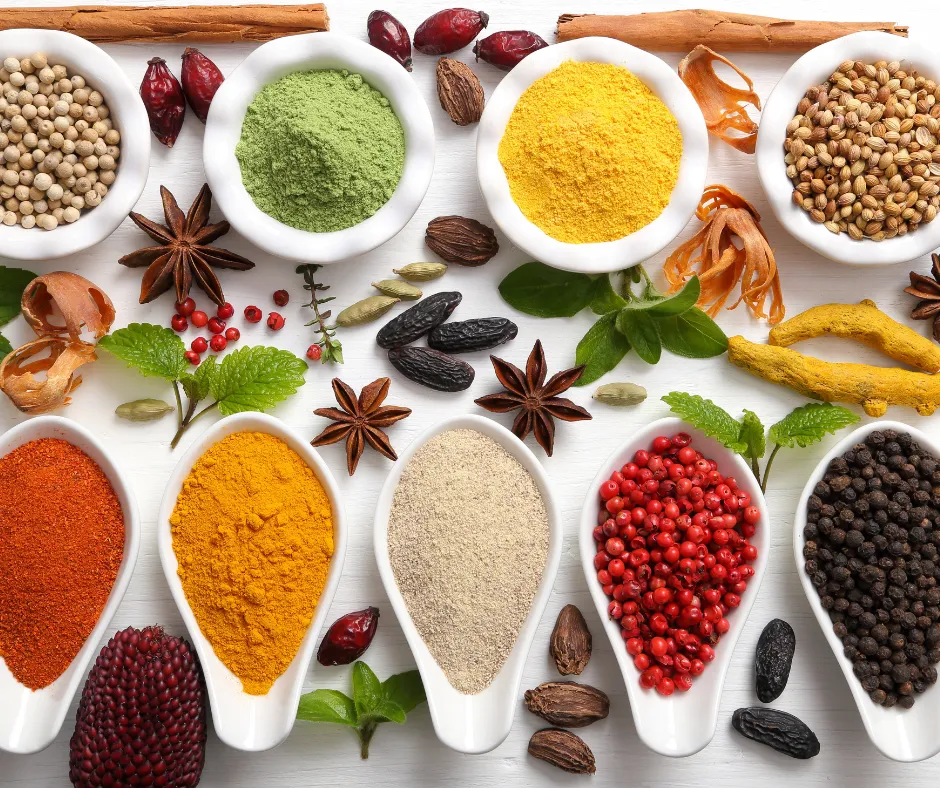July, 2025
Evaluating the Influence of Videos on Medical Professionals’ Perception of Using Herbs and Spices for Healthy Cooking and Potential Application in Patient CareNutrition Education “Shorts”: The Effect of Short-Form Media on Conveying Information About Improving Diet Quality
Gail C. D’Souza-Rushton, John W. Long, Amber Denmon, Penny M. Kris-Etherton, Kristina A. Petersen, and Travis D. Masterson

Objective
The purpose of this study was to: 1) compare the effectiveness of five short (~1 min) nutrition education videos to five longer (~5 min) videos by evaluating participants’ interest, knowledge, confidence, and likeliness to use herbs and spices in their cooking before and after the videos and 2) evaluate participant perceptions of the videos and barriers to using herbs and spices in cooking.
Methods
We conducted a cross-sectional study using a sample of American adults through Dynata. Pre-and post-survey questions inquired about participants’ interest, knowledge, confidence, and likeliness to use herbs and spices in cooking. Participants were randomized to view either short or longer videos that included recipe instructions on how to use herbs and spices in cooking. The content of both videos was the same but the format (short and longer video included ingredients and directions while the longer video also included food safety and handling) and duration differed. The videos featured recipes that were lower in salt, added sugars, and SFAs, and herbs/spices were used as a replacement. We also evaluated participants’ perceptions of the videos.
Results
Participants (n = 201) were 59% female, 80% White, and had a mean age of 51 (SD = 15) years. All participants reported higher interest, knowledge, confidence, and likeliness to use herbs and spices in cooking after watching the short and longer videos (p < 0.05). Furthermore, participants reported that both short and longer videos were interesting, engaging, conveyed educational information, were easy to follow and understand, and an effective method to increase the use of herbs and spices in cooking. Our analysis revealed no statistically significant differences between short vs. longer videos.
Conclusions
Overall, both short and longer videos appeared to have a similar impact on consumer interest, knowledge, confidence, and likeliness to use herbs and spices in cooking. Future research should assess changes in dietary intake in response to the videos.
Reference
D’Souza-Rushton, GC, Long, JW, Denmon, A, Kris-Etherton, PM, Petersen, KA, Masterson, TD. Nutrition Education “Shorts”: The Effect of Short-Form Media on Conveying Information About Improving Diet Quality. Nutrients, 17(10), 1612. 2025.






